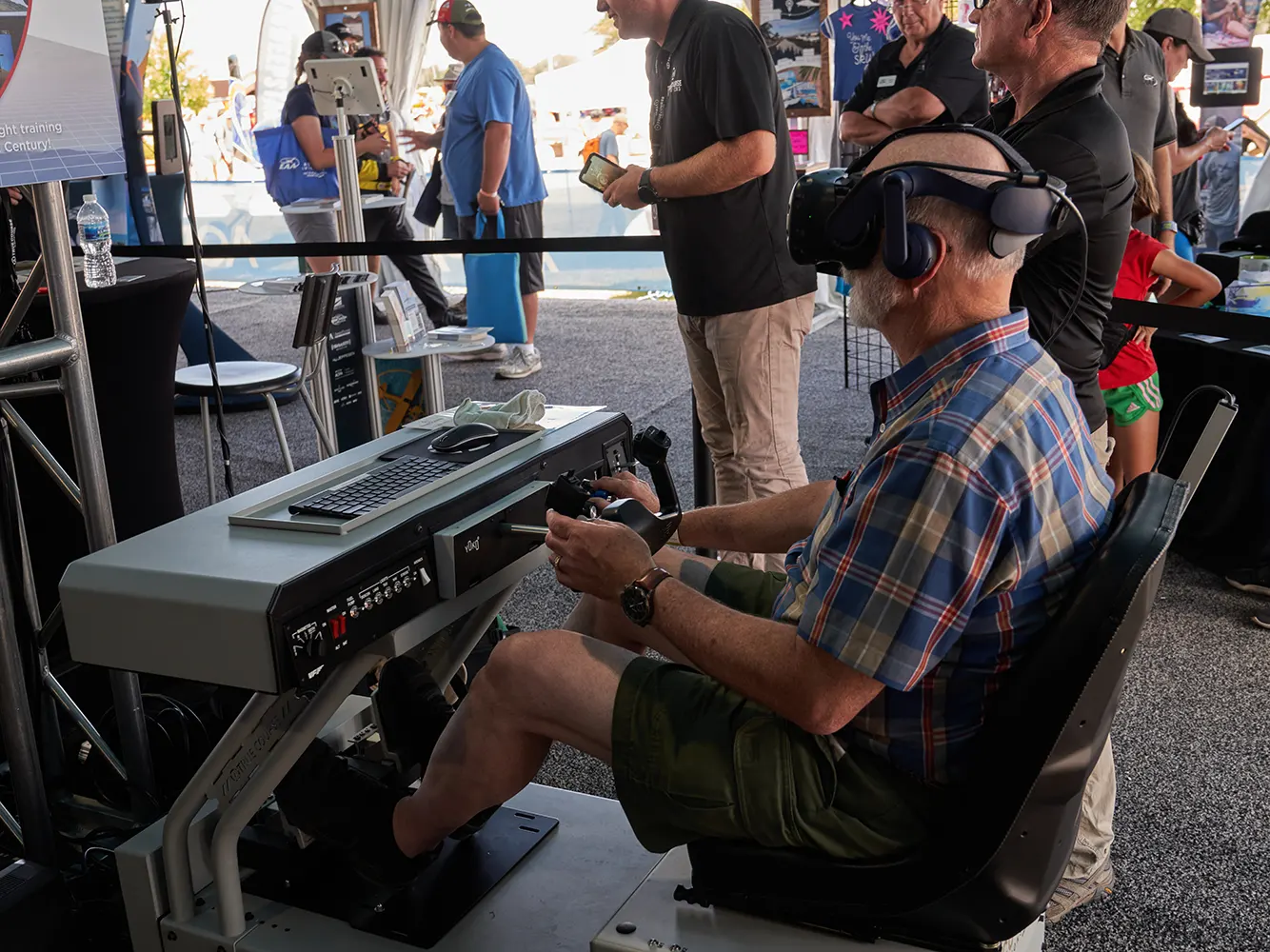
How Virtual Reality is Making Flight Training More Accessible
It’s no secret that virtual reality is changing the way people learn. VR offers a realistic experience that can help prepare students for their future career in any field. But what many people don’t know is that VR is making it possible for more people to achieve their dreams of becoming a pilot. Thanks to VR technology, flight training is now more accessible than ever before.
How VR is Changing Aviation Education
VR technology offers a realistic experience that can help prepare students for their future career in aviation. VR also allows students to learn at their own pace, and makes it possible for them to repeat difficult lessons as often as they need to. This technology is changing the way people learn, and making it possible for more people to achieve their dreams of becoming a pilot.
One of the biggest benefits of VR flight training is that it allows students to learn at their own pace. If a student struggles with a particular lesson, they can repeat it as often as they need to until they have mastered the required flight maneuvers. This flexibility is crucial for students who are trying to learn a complex skill like flying. VR also makes it possible for students to explore different scenarios that they might encounter in the real world. For example, if there is a storm brewing, students can use VR to experience what it’s like to fly in those conditions. This helps them be better prepared for any situation they might face in the cockpit.
Overall, VR is changing the way people learn aviation skills. It offers a more flexible and affordable option than traditional flight instruction alone. This technology is opening up opportunities for people who want to become a pilot, and making aviation education more accessible than ever before.
The benefits of VR Flight Training
There are many benefits to using VR in aviation education. Some of the key benefits include:
Flexibility: VR allows students to learn at their own pace, which is crucial for complex skills like flying. If a student struggles with a particular lesson, they can repeat it as often as they need to until they understand it.
Affordability: VR is more affordable than traditional flight training alone, making it accessible to more people.
Realism: VR offers a realistic experience that helps prepare students for their future career in aviation.
Convenience: VR can be used in locations without access to airplanes, runways, etc. making it convenient for students to access wherever they are.
Overall, VR offers many advantages that make it an ideal option for aviation education. It allows students to learn at their own pace, is more affordable than traditional methods, and offers a realistic experience that prepares them for their future career. VR is changing the way people learn aviation skills, and making it possible for more people to achieve their dreams of becoming a pilot.
